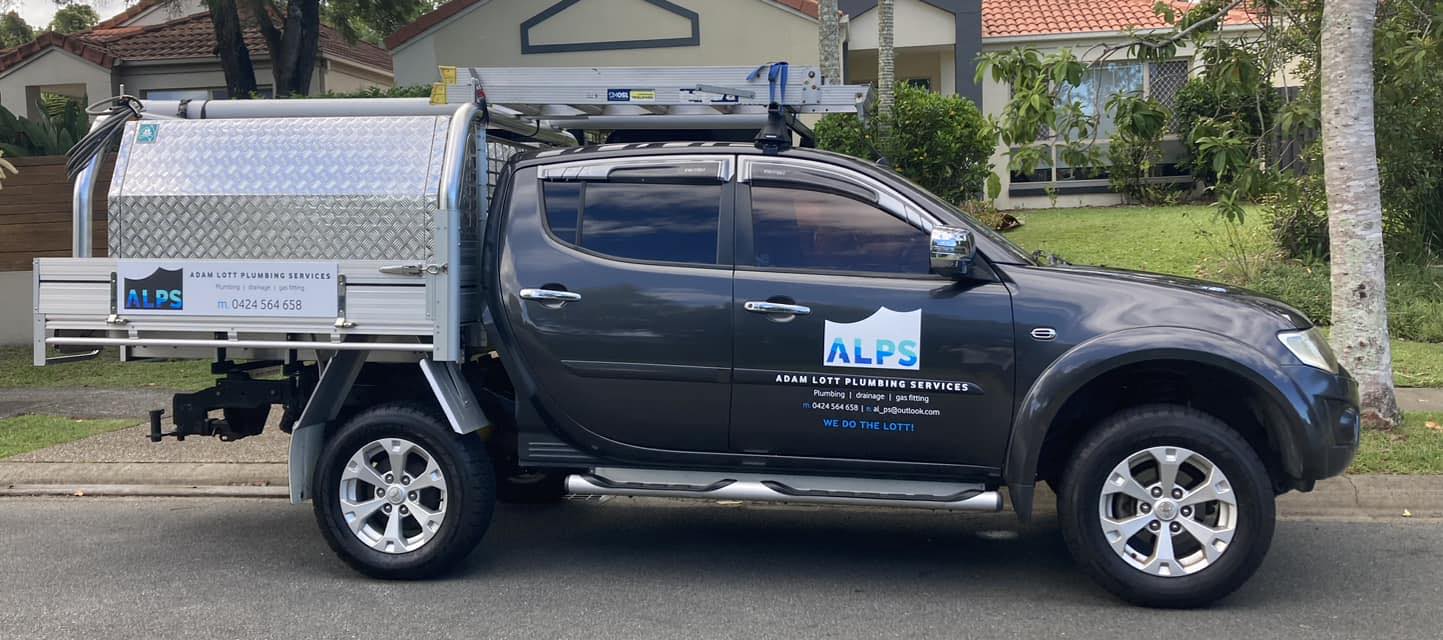If you've been experiencing low hot water pressure in your home, you're not alone. It can be frustrating when your shower lacks the force you desire or your faucets trickle rather than flow.
Before jumping to costly solutions, it's essential to understand the common causes of this issue. From sediment build-up to faulty pressure regulator valves, there are various potential culprits behind the decrease in water pressure.
By identifying the root cause, you can take steps to address the problem effectively and restore your hot water pressure to its optimal level.
Common Causes of Low Pressure
Low water pressure in a household's hot water system can often be attributed to several common causes that warrant investigation.
One frequent culprit is a malfunctioning pressure regulator, which regulates the flow of water into the hot water tank. If this component is faulty, it can lead to a decrease in water pressure.
Another possible reason for low hot water pressure is a problem with the water heater itself, such as a failing heating element or a buildup of mineral deposits within the tank.
Additionally, leaks in the hot water system's pipes or fittings can result in reduced pressure, as water is diverted away from its intended path. It is essential to inspect all visible piping for any signs of leaks or damage.
Furthermore, a closed shut-off valve, either partially or fully closed, can restrict the flow of water and cause low pressure. Careful examination of the valves in the hot water system can help identify and resolve this issue promptly.
Check for Sediment Build-Up
To ensure optimal hot water pressure, one crucial step is to inspect the hot water tank for sediment build-up. Sediment accumulation in the tank can restrict the flow of water, leading to low hot water pressure issues. Here are some steps to check for sediment build-up:
- Turn Off the Power: Before inspecting the hot water tank, make sure to turn off the power supply to the unit to prevent any accidents.
- Locate the Drain Valve: Find the drain valve at the bottom of the tank. Attach a hose to the valve and place the other end in a drain or outside to avoid creating a mess.
- Flush the Tank: Open the drain valve to flush out the water and sediment from the tank. Be cautious as the water flushed out may be hot.
- Repeat if Necessary: If the water coming out still contains sediment, repeat the flushing process until the water runs clear.
Regularly checking for sediment build-up and flushing the tank can help maintain optimal hot water pressure in your home.
Inspect the Pressure Regulator Valve
When troubleshooting low hot water pressure, one critical component to examine is the pressure regulator valve within the water system. The pressure regulator valve is responsible for maintaining a consistent water pressure level in your home's plumbing system.
If this valve is not functioning correctly, it can result in decreased hot water pressure throughout your house. To inspect the pressure regulator valve, locate it near where the main water line enters your home. Check for any visible signs of damage, corrosion, or leaks. Additionally, ensure that the valve is properly adjusted to the recommended pressure levels for your home.
If you notice any issues with the pressure regulator valve, such as leaks or malfunctions, it may need to be repaired or replaced by a professional plumber. By ensuring that the pressure regulator valve is in good working condition, you can help maintain optimal hot water pressure in your home.
Test the Hot Water Heater's Dip Tube
Inspecting the hot water heater's dip tube is a crucial step in diagnosing and addressing issues related to low hot water pressure in your home. The dip tube is responsible for directing cold water to the bottom of the tank, ensuring that the hot water at the top is readily available for use.
Here are four key steps to test the hot water heater's dip tube:
- Shut Off the Power and Water: Before beginning any inspection or maintenance, turn off the power supply to the water heater and shut off the water inlet valve to prevent any accidents or damage.
- Drain the Tank: Connect a hose to the drain valve at the bottom of the water heater and drain several gallons of water to access the dip tube easily.
- Inspect the Dip Tube: Remove the cold water supply pipe connected to the top of the water heater and visually inspect the dip tube for any signs of damage or blockages.
- Test the Dip Tube: Once inspected, flush out any debris or buildup in the dip tube by running water through it to ensure proper water flow and pressure within the system.
Regularly checking and maintaining the dip tube can help optimize the performance of your hot water heater and prevent issues with low hot water pressure.
Consider Replacing the Water Heater
Enhancing the efficiency of your hot water system may necessitate considering the replacement of the water heater. Over time, water heaters can become less effective due to sediment buildup, corrosion, or general wear and tear. If you have already tried troubleshooting low hot water pressure issues without success, it might be time to invest in a new water heater.
When deciding whether to replace your water heater, consider its age and condition. Most traditional water heaters last around 10-15 years, so if yours is approaching this age or experiencing frequent problems, replacing it could be a wise decision. Newer models are often more energy-efficient, which can lead to cost savings in the long run. Additionally, upgrading to a tankless water heater can provide a continuous supply of hot water and further improve your home's energy efficiency.
Consulting with a professional plumber can help you determine the best course of action for your specific situation. They can assess your current water heater, recommend suitable replacements, and ensure a proper installation, ultimately restoring your hot water pressure to optimal levels.
Conclusion
In conclusion, addressing low hot water pressure in your home requires identifying common causes such as:
- sediment build-up,
- pressure regulator valve issues, and
- a faulty dip tube in the hot water heater.
By inspecting and troubleshooting these components, you can potentially resolve the issue and restore proper water flow.
If necessary, consider replacing the water heater to ensure efficient and effective hot water delivery.
Remember, a warm shower can soothe the soul on a cold winter's night.
Hot Water
Free quote for hot water installation and repairs

"*" indicates required fields

